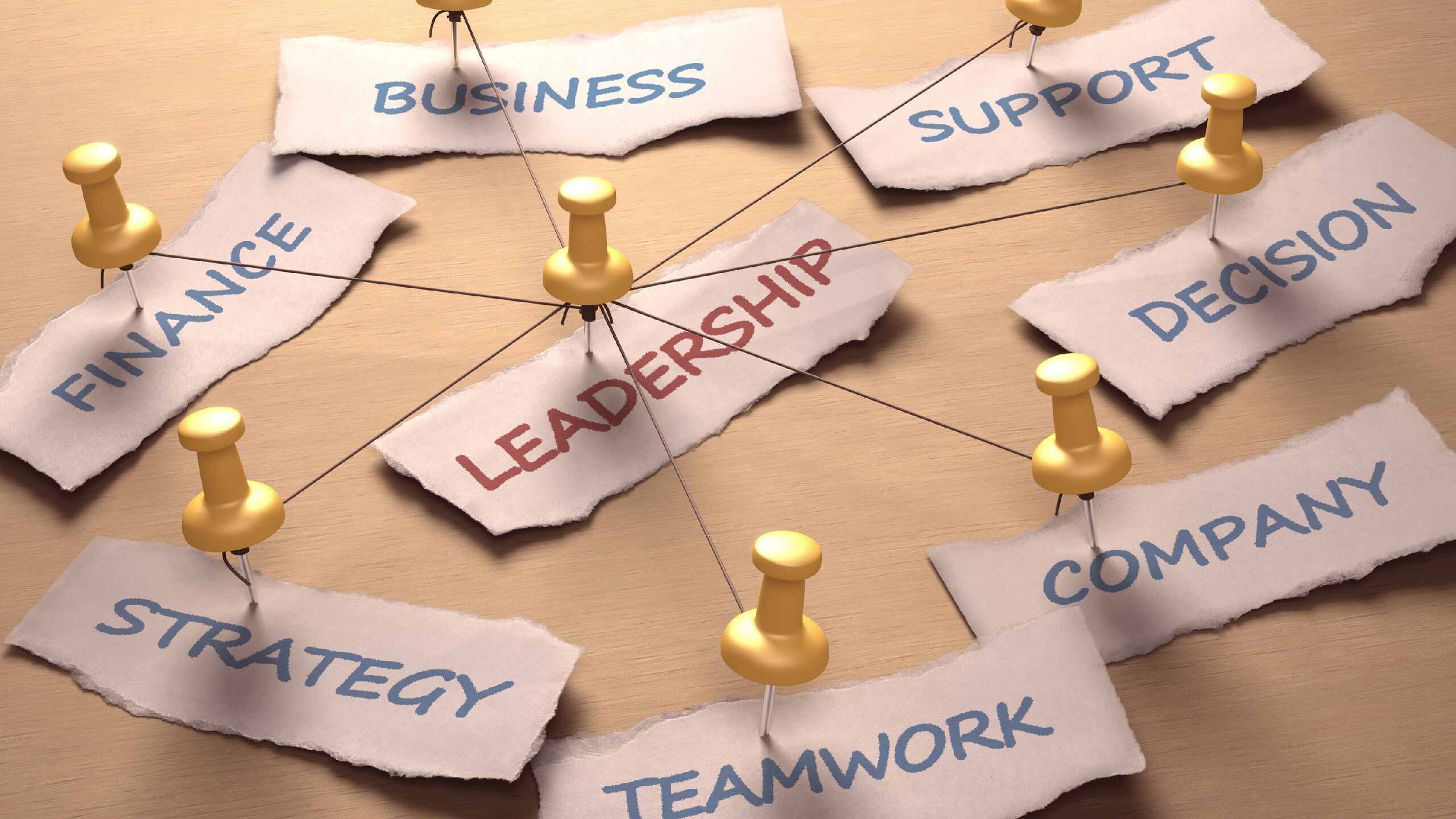Posts

First Impressions and Self Care
First Impressions Count
'You never get a second chance to make…

Leadership Tools For Your Day-To-Day
I am sharing two leadership tools with you to help you focus…

2022 Review & 2023 Preview
It's time to review your past year and set your professional…

YEAR END BUDGETING 2022
2022 in Review
As the year approaches a wrap, it's time to highlight…

FIVE CORE LEADERSHIP TACTICS
There are five leadership tactics that I follow that help me…

